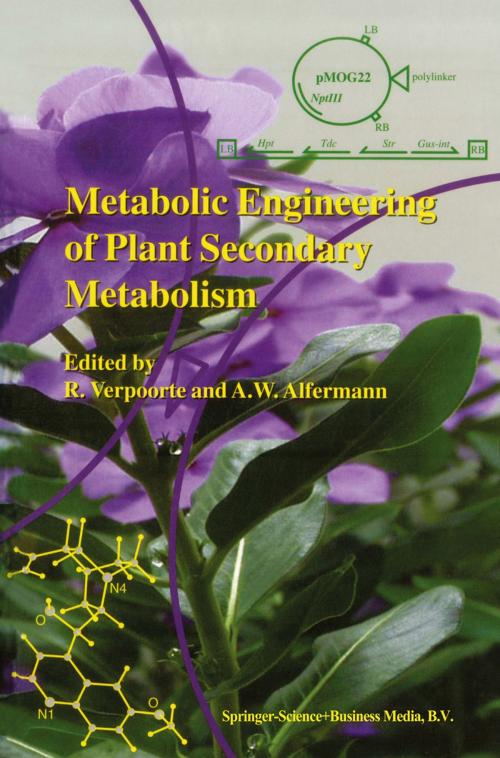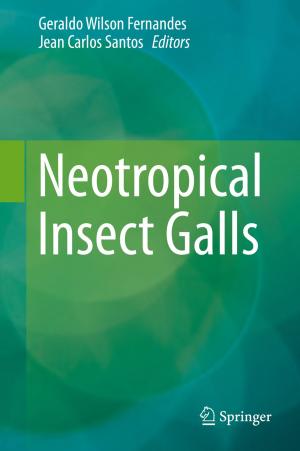Metabolic Engineering of Plant Secondary Metabolism
Nonfiction, Science & Nature, Technology, Engineering, Chemical & Biochemical, Science, Biological Sciences, Botany| Author: | ISBN: | 9789401594233 | |
| Publisher: | Springer Netherlands | Publication: | March 9, 2013 |
| Imprint: | Springer | Language: | English |
| Author: | |
| ISBN: | 9789401594233 |
| Publisher: | Springer Netherlands |
| Publication: | March 9, 2013 |
| Imprint: | Springer |
| Language: | English |
Plant secondary metabolism is an economically important source of fine chemicals, such as drugs, insecticides, dyes, flavours, and fragrances. Moreover, important traits of plants such as taste, flavour, smell, colour, or resistance against pests and diseases are also related to secondary metabolites.
The genetic modification of plants is feasible nowadays. What does the possibility of engineering plant secondary metabolite pathways mean? In this book, firstly a general introduction is given on plant secondary metabolism, followed by an overview of the possible approaches that could be used to alter secondary metabolite pathways. In a series of chapters from various authorities in the field, an overview is given of the state of the art for important groups of secondary metabolites.
No books have been published on this topic so far. This book will thus be a unique source of information for all those involved with plants as chemical factories of fine chemicals and those involved with the quality of food and ornamental plants. It will be useful in teaching graduate courses in the field of metabolic engineering in plants.
Plant secondary metabolism is an economically important source of fine chemicals, such as drugs, insecticides, dyes, flavours, and fragrances. Moreover, important traits of plants such as taste, flavour, smell, colour, or resistance against pests and diseases are also related to secondary metabolites.
The genetic modification of plants is feasible nowadays. What does the possibility of engineering plant secondary metabolite pathways mean? In this book, firstly a general introduction is given on plant secondary metabolism, followed by an overview of the possible approaches that could be used to alter secondary metabolite pathways. In a series of chapters from various authorities in the field, an overview is given of the state of the art for important groups of secondary metabolites.
No books have been published on this topic so far. This book will thus be a unique source of information for all those involved with plants as chemical factories of fine chemicals and those involved with the quality of food and ornamental plants. It will be useful in teaching graduate courses in the field of metabolic engineering in plants.















